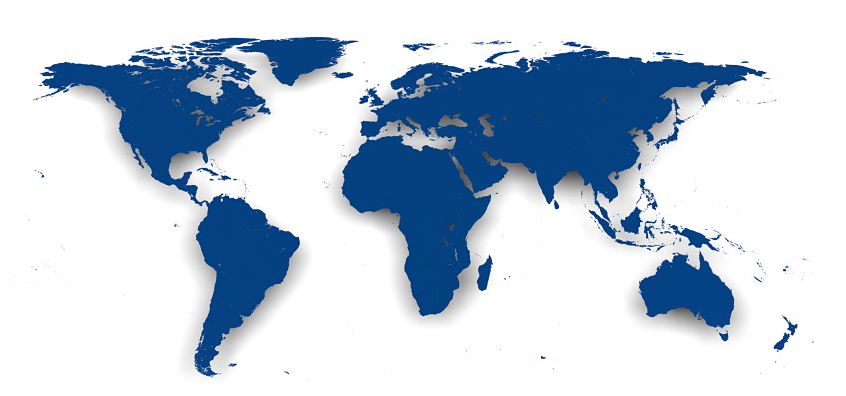From Asia to Uganda, World Renew, formerly known as The Christian Reformed World Relief Committee, is addressing the problems facing the most impoverished of communities all over the world. The name-change came in 2012 after the organization felt that that the work being done was growing larger and more significant. “The name better reflects who we are and what we are about as a trusted, established non-profit that is working to help eradicate the root causes of extreme global poverty through the renewal of relationships with God, neighbor, and the environment,” says World Renew’s Canadian director, Ida Mutoigo.
It is estimated that World Renew works with 1.86 million people who live in poverty in 35 different countries. This organization is known for its advocacy and quick responses to disasters like the 2011 earthquake in Japan or the conflict that currently exists in Syria. World Renew is also known for aiding with the systemic problems that affect the world’s poor. By focusing on things like AIDS, agriculture, literacy, health, the environment, sanitation and gender equality, the organization helps communities develop and thrive.
There are also unique programs where one can sponsor a refugee or “Free A Family,” where the charity works with a specific family with the help of a contributor’s donations and periodically gives the contributor updates on the family throughout the year. This program intends to provide a family with “nutritious food, clean water, improved health, and increased income.” Another interesting way World Renew helps is by providing materials for someone to throw his or her own “National Baby Shower,” an event where attendees can learn about child and maternal health.
World Renew also encourages individuals to create a campaign of their own by coming up with a “Passion Project.” In addition, there are 24 individual blogs on the World Renew website where volunteers focus posts updates on a specific country.
World Renew’s dedication to advocacy, disaster relief and community development has made change throughout the world. “Sometimes that change is as small as a baby chick, and sometimes it’s as big as community-wide peace-building and reconciliation between ethnic or religious groups,” says World Renew. Either way, its efforts have impacted the global poverty cause.
– Melissa Binns
Sources: Give.org, The Rapidian, World Renew



